Standing member of the Secretariat Tran Cam Tu has just signed and issued the Conclusion of the Politburo and the Secretariat on a number of contents and tasks to continue to arrange and streamline the organization and apparatus of the political system in 2025.
The Politburo assigned the Government Party Committee to preside over and coordinate with the Central Organizing Committee, the National Assembly Party Committee, and relevant Party committees and organizations to study the orientation to continue to reorganize and eliminate the intermediate administrative level (district level). At the same time, orient the merger of a number of provincial-level administrative units.
According to regulations of the National Assembly Standing Committee, provincial-level administrative units must meet standards on area, population, and number of district-level administrative units. Specifically, mountainous provinces have an area of 8,000 km2 and a population of 0.9 million; remaining provinces have an area of 5,000 km2 and a population of 1.4 million. Centrally-governed cities have an area of 1,500 km2 and a population of 1 million. All provinces and cities must have 9 or more districts.

In 2008, Hanoi expanded its administrative boundaries by merging Ha Tay province and some areas of Vinh Phuc and Hoa Binh. Photo: Hoang Ha
Based on the above criteria, there are currently 10 provinces and cities nationwide that have not met the standards in terms of area, population and number of district-level administrative units. Specifically, Bac Kan has the smallest population in the country, only 0.3 million; Dak Nong 0.68 million; Tuyen Quang 0.8 million. The provinces of Ha Nam, Ninh Binh, Ninh Thuan, Ba Ria - Vung Tau, Hau Giang, Vinh Long, and Bac Lieu do not meet all three criteria.
Sharing with VietNamNet, reader Pham Thu Thuy said that merging provinces and cities that do not meet the criteria on area, population and number of district-level administrative units as prescribed by the National Assembly Standing Committee is necessary.
“The current budget for regular operations of the administrative apparatus is too large. This greatly affects the investment budget for infrastructure development and socio-economic development,” said reader Pham Thu Thuy.
Agreeing with the merger of provinces, reader Tran Van Chien said that it is reasonable to 'restore the names' of the provinces as in previous years. In addition, the merger of provinces and cities will also reduce the burden of spending on the administrative apparatus. With the money saved from regular spending, it is possible to invest in building provinces in remote, border and island areas.
According to reader Nguyen Duy Minh, along with the arrangement of ministries and branches, 2025 is the 'golden time' for the Central Government and localities to take drastic measures in arranging provinces and cities.
“Compared to big countries like Russia, the US, and China, our provincial and municipal administrative units are too numerous. If possible, merging them down to just 38 provinces and municipalities as before would be appropriate,” said reader Nguyen Duy Minh.
According to reader Hung Dinh, the people strongly agree with the request to merge some provincial administrative units. Because in the current period of strong digital transformation, people and leaders of provinces and cities no longer have to travel much. Most administrative procedures can be performed online. And leaders at all levels can direct and operate through online meetings.
“I think the more compact the arrangement this time, the better. Vietnam only needs less than 20 provinces and cities. At the same time, we must immediately eliminate the intermediate district level,” reader Hung Dinh suggested about the arrangement of provincial-level administrative units.
Sharing the same view, reader Nguyen Quan fully supports the merger of provinces and cities. For example, China is very large but has only 34 provinces and cities; the US has 50 states; while Vietnam is small but has 63 provinces and cities, this causes budgetary costs and affects operations and management.
Supporting the merger of provincial and municipal administrative units, reader Giang Le said that the plan needs to be implemented immediately so that there will be resources for investment and construction, and the country can clearly change.
In addition, reader Giang Le also said that along with the process of merging provinces and cities, it is necessary to promote the digitalization of all administrative procedures. Only then will there be resources for investment and development.
"The initial merger of provinces and cities will certainly have difficulties and obstacles, but if it can be done, the administrative apparatus will be less burdened and the country's future will be better," said reader Giang Le.
According to reader Duong Quoc Thang, if the country wants to move forward quickly and far in the new era, the administrative apparatus must be compact and operate effectively. Currently, our apparatus is too cumbersome, with many layers of management. This reduces the efficiency of the entire system; wastes budget resources...
Therefore, according to reader Duong Quoc Thang, the calculation of merging provinces and cities and eliminating intermediate administrative units at the district level is a completely correct policy, consistent with the development trend of the country.
Along with that, reader Duong Quoc Thang proposed to increase the effective application of science and information technology in management and operation to effectively operate the 3-level government.
Vietnamnet.vn
Source: https://vietnamnet.vn/sap-nhap-tinh-viet-nam-con-bao-nhieu-tinh-thanh-la-phu-hop-2374024.html



![[Photo] General Secretary To Lam receives Russian Ambassador to Vietnam](https://vstatic.vietnam.vn/vietnam/resource/IMAGE/2025/4/2/b486192404d54058b15165174ea36c4e)


![[Photo] Prime Minister Pham Minh Chinh receives CEO of Standard Chartered Group](https://vstatic.vietnam.vn/vietnam/resource/IMAGE/2025/4/2/125507ba412d4ebfb091fa7ddb936b3b)
![[Photo] Prime Minister Pham Minh Chinh receives Deputy Prime Minister of the Republic of Belarus Anatoly Sivak](https://vstatic.vietnam.vn/vietnam/resource/IMAGE/2025/4/2/79cdb685820a45868602e2fa576977a0)
![[Podcast] News on March 27, 2025](https://vstatic.vietnam.vn/vietnam/resource/IMAGE/2025/4/2/de589137cda7441eb0e41ee218b477e8)

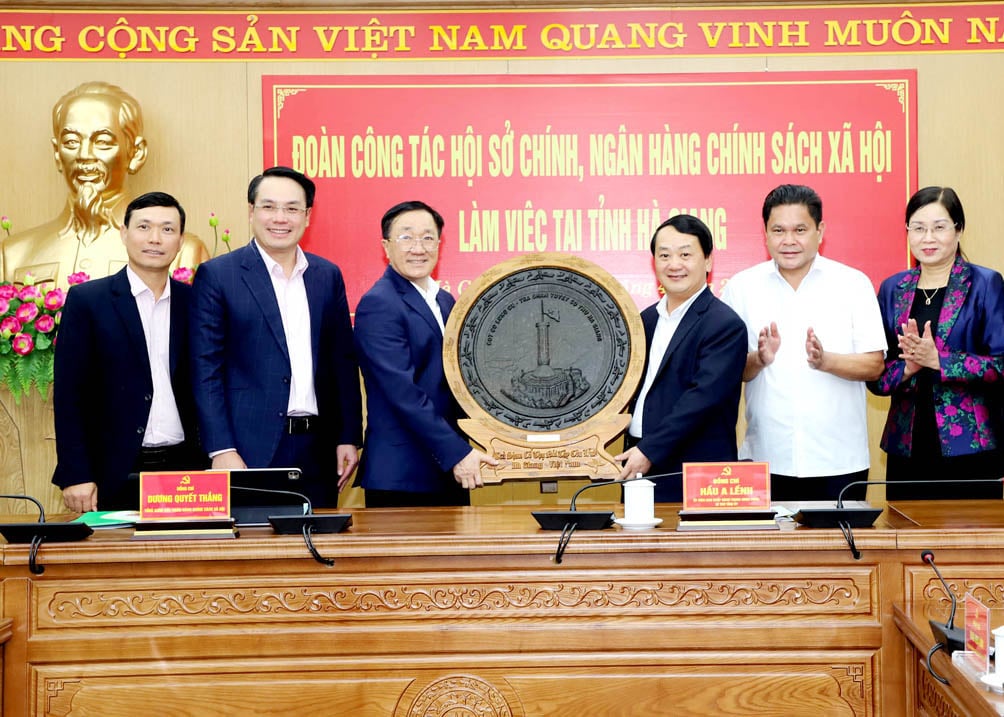
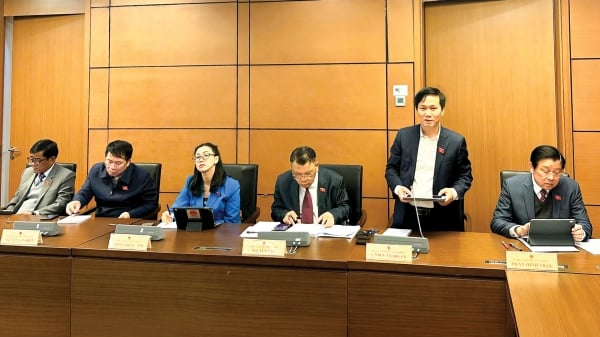

![[Podcast] News April 2, 2025](https://vstatic.vietnam.vn/vietnam/resource/IMAGE/2025/4/2/eaa5bcbdb47a439bb7c43a417033535c)
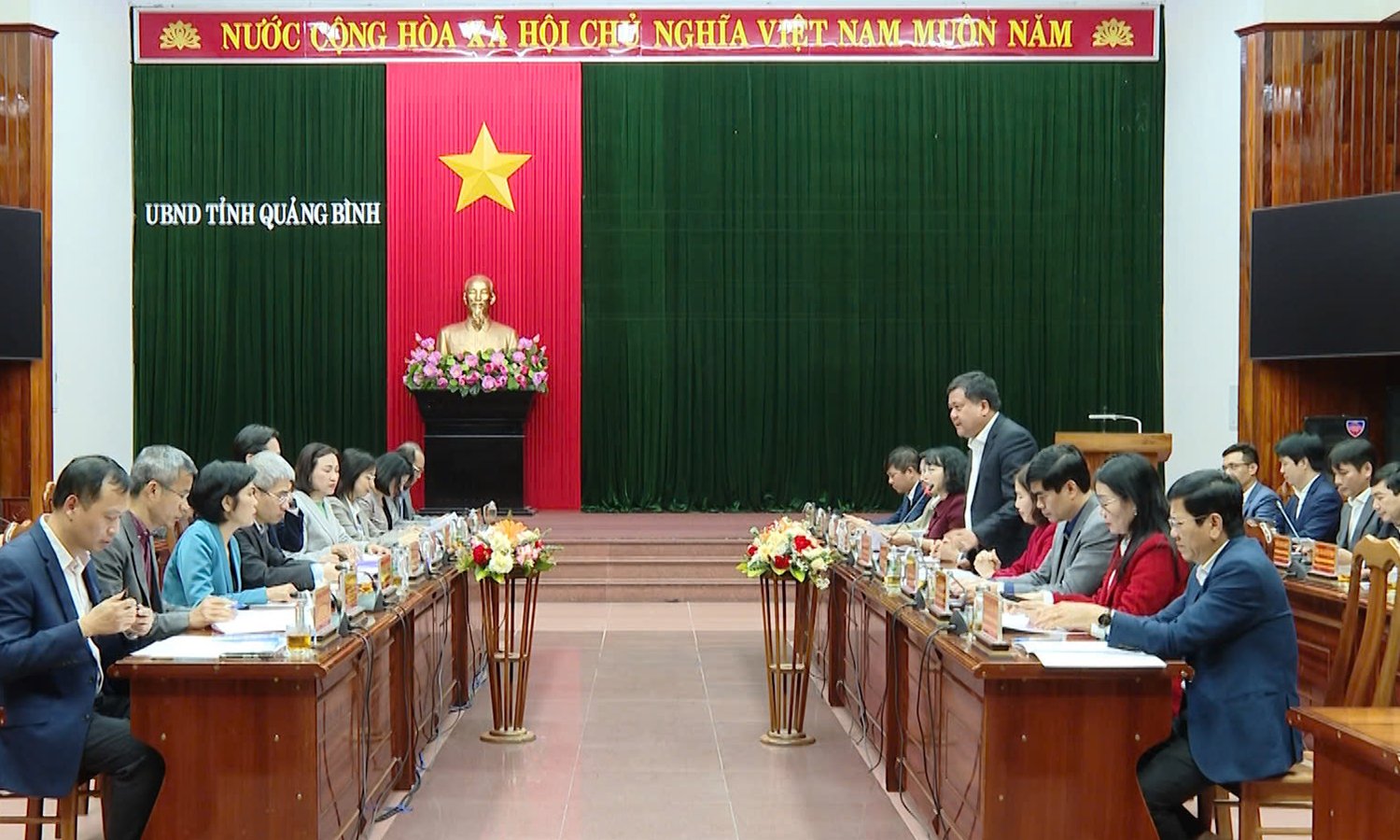


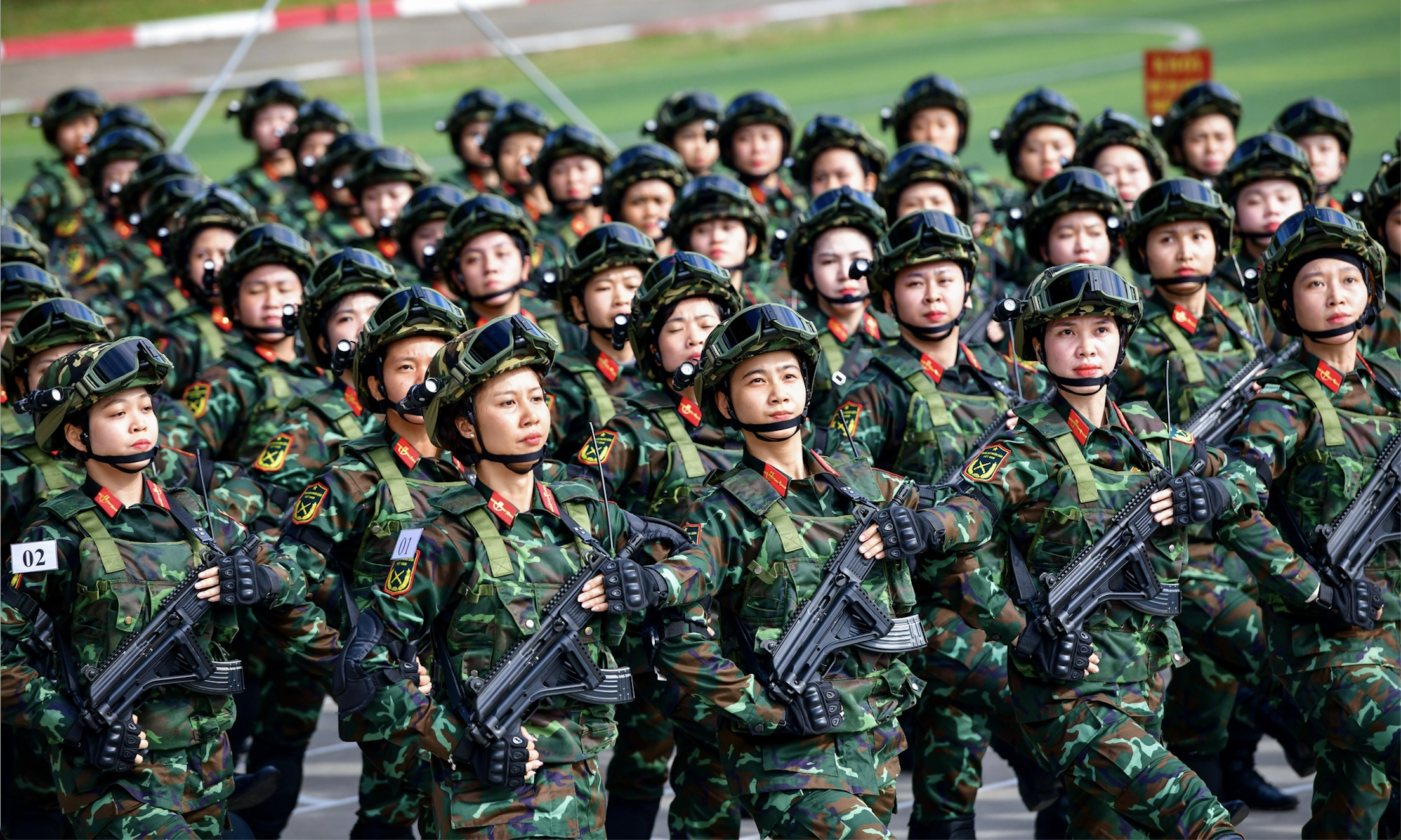









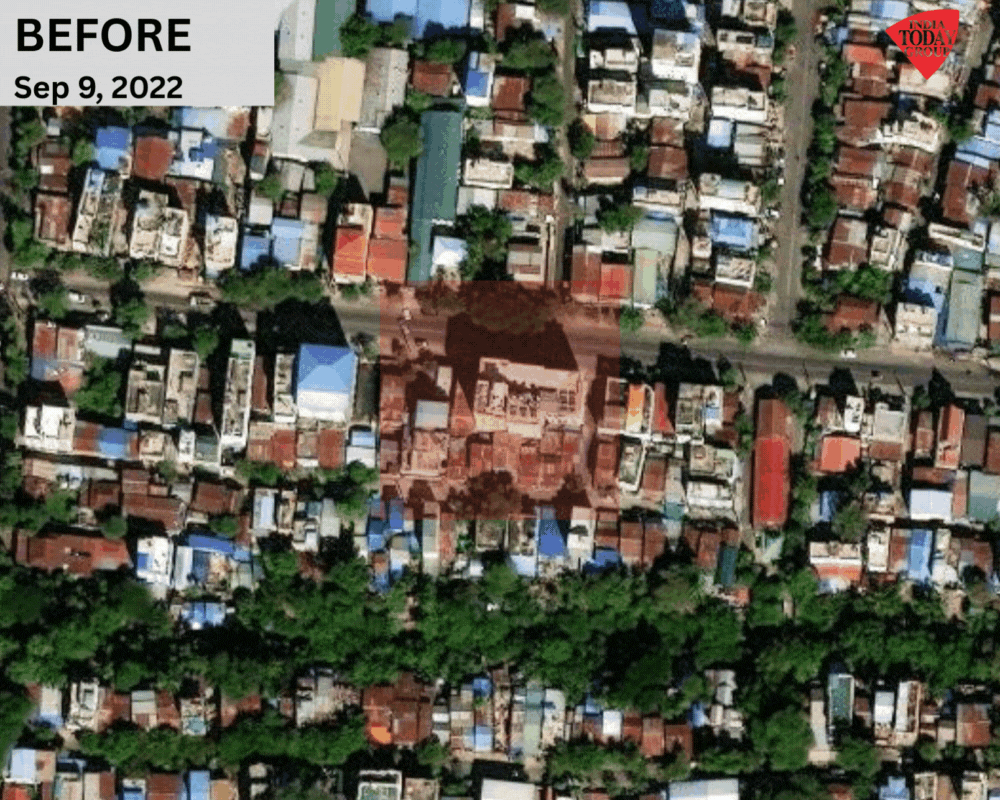


















































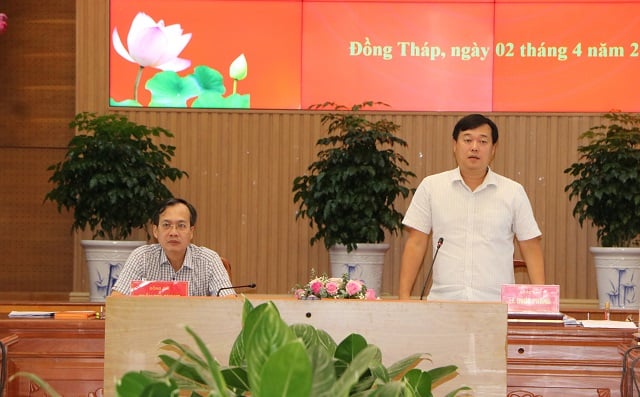













Comment (0)